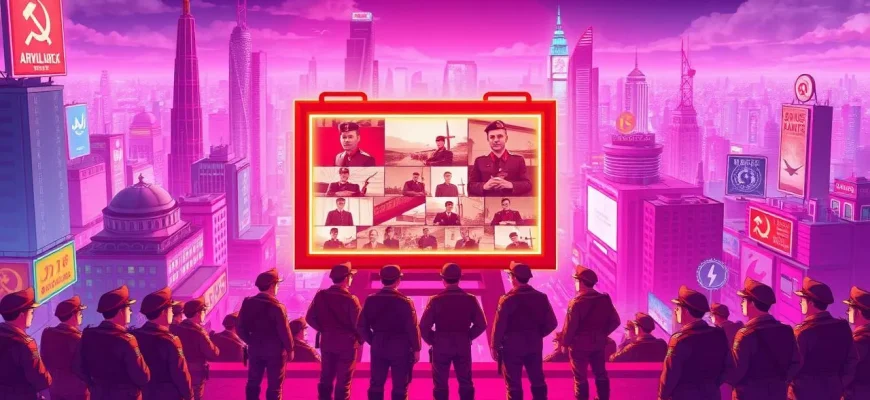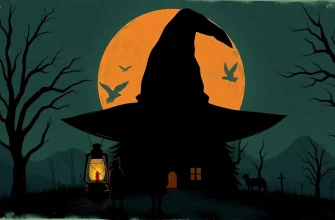This collection of Soviet films about the army offers a unique insight into the portrayal of military life, heroism, and the human spirit in Soviet cinema. These films not only showcase the discipline and camaraderie within the ranks but also reflect the historical and cultural context of the Soviet Union. Each film provides a window into the past, highlighting the bravery, sacrifices, and sometimes the lighter side of military service, making them valuable for both cinephiles and history enthusiasts.
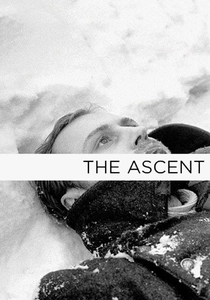
The Ascent (1977)
Description: Set during the German occupation of the Soviet Union, this film follows two partisans on a mission that tests their moral and physical endurance. It's a profound exploration of human spirit and resistance.
Fact: Larisa Shepitko, the director, tragically died in a car accident shortly after the film's release.
 Watch Now
Watch Now
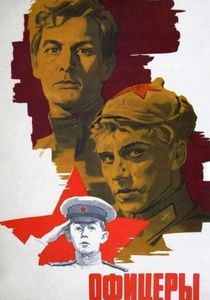
Officers (1971)
Description: A story spanning several decades, focusing on the lives of two officers, their friendship, and the changing times in the Soviet Union. It's a tribute to the military ethos and the personal lives of those who serve.
Fact: The film's theme song "We Are Officers" became very popular and is often associated with the Soviet military.
 Watch Now
Watch Now
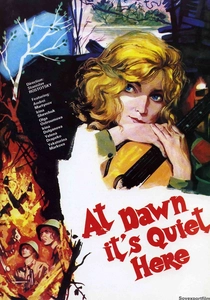
The Dawns Here Are Quiet (1972)
Description: This film, set during World War II, tells the story of a small group of female anti-aircraft gunners who defend their position against a German attack. It's a poignant depiction of bravery and sacrifice.
Fact: The film was based on a novel by Boris Vasilyev, which was inspired by real events. It was remade in 2015, but the original remains a classic.
 Watch Now
Watch Now
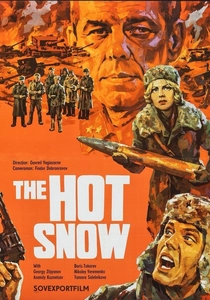
The Hot Snow (1972)
Description: Based on a novel by Yuri Bondarev, this film depicts the Battle of Stalingrad from the perspective of Soviet soldiers, focusing on their resilience and the harsh conditions they faced.
Fact: The film was shot in the actual locations where the battle took place, adding to its authenticity.
 Watch Now
Watch Now
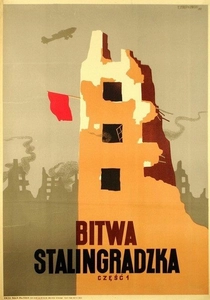
The Battle of Stalingrad (1949)
Description: One of the earliest Soviet films about WWII, it provides a broad overview of the Battle of Stalingrad, emphasizing the Soviet victory and the heroism of its soldiers.
Fact: The film was made while the city was still in ruins, adding a raw, documentary-like quality to the scenes.
 30 Days Free
30 Days Free
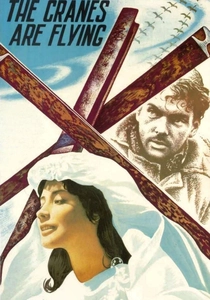
The Cranes Are Flying (1957)
Description: While not directly about the army, this film captures the impact of war on civilians, particularly through the story of a woman whose fiancé goes to the front.
Fact: It won the Palme d'Or at the Cannes Film Festival, marking a significant achievement for Soviet cinema.
 30 Days Free
30 Days Free
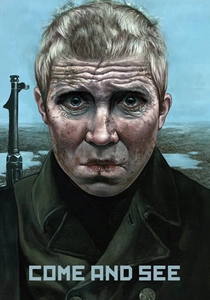
Come and See (1985)
Description: A harrowing depiction of the Nazi occupation of Belarus, focusing on a young boy who joins the partisans. It's a brutal, unflinching look at the realities of war.
Fact: The film was shot in black and white to evoke the feel of documentary footage, enhancing its realism.
 30 Days Free
30 Days Free
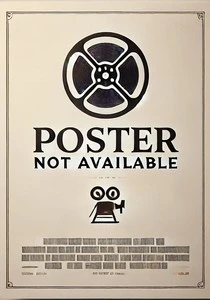
The Red Tent (1969)
Description: Although not exclusively about the Soviet army, it features a Soviet expedition to rescue the Italian airship Italia, showcasing international cooperation and the heroism of Soviet pilots.
Fact: The film was an international co-production, featuring actors from Italy, the Soviet Union, and the United States.
 30 Days Free
30 Days Free

The Alive and the Dead (1964)
Description: This film explores the harsh realities of war through the eyes of a Soviet officer during the initial stages of the German invasion in 1941. It's a stark, realistic portrayal of the Eastern Front.
Fact: The film was one of the first Soviet films to openly discuss the initial failures of the Soviet forces at the beginning of the war.
 30 Days Free
30 Days Free

The Shield and the Sword (1968)
Description: A spy thriller set during WWII, where a Soviet intelligence officer infiltrates the German Abwehr. It's a blend of military strategy and espionage, showcasing the Soviet contribution to the war effort.
Fact: The film was so popular that it led to a sequel, "The Sword and the Shield," released in
 30 Days Free
30 Days Free

